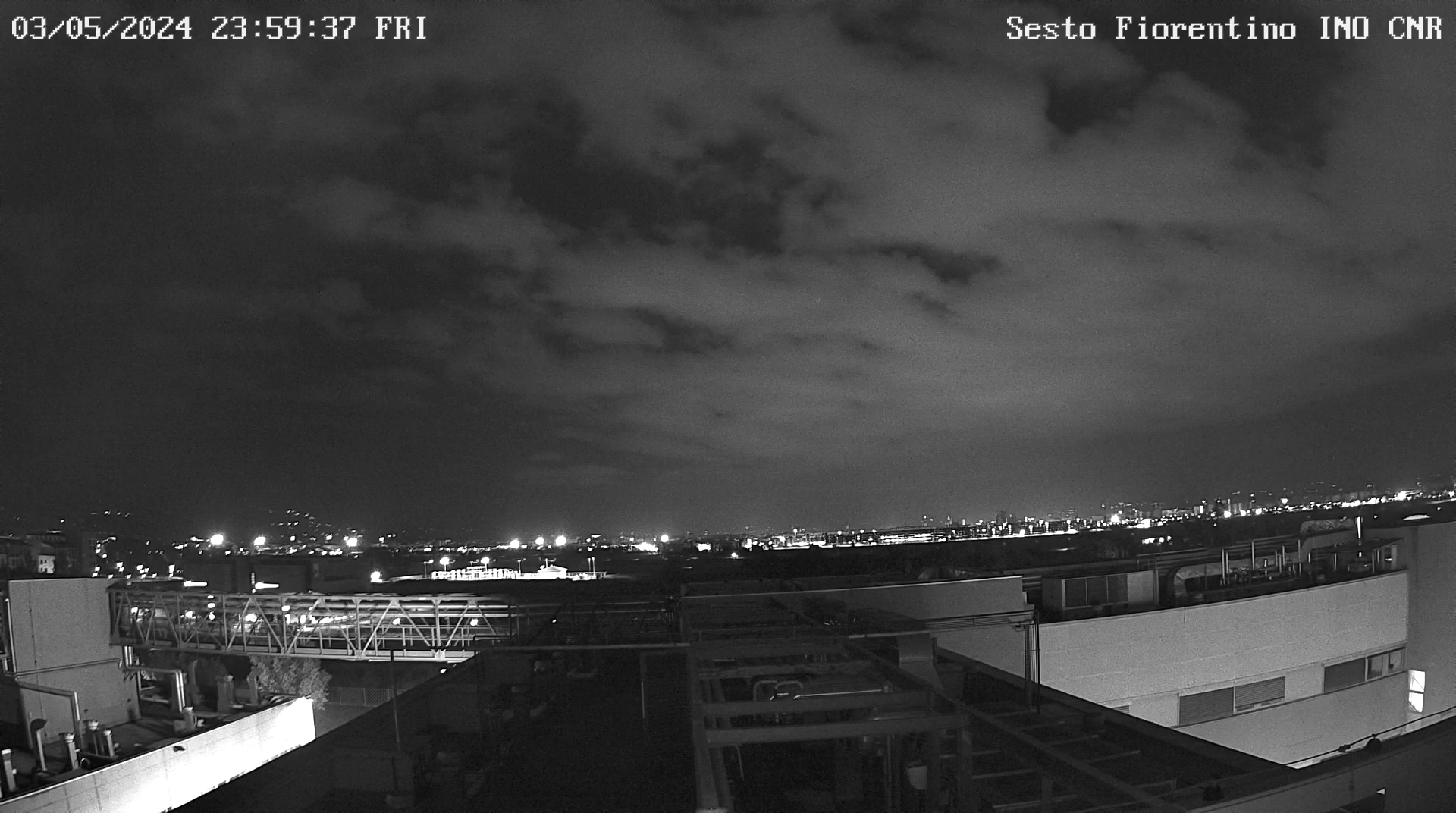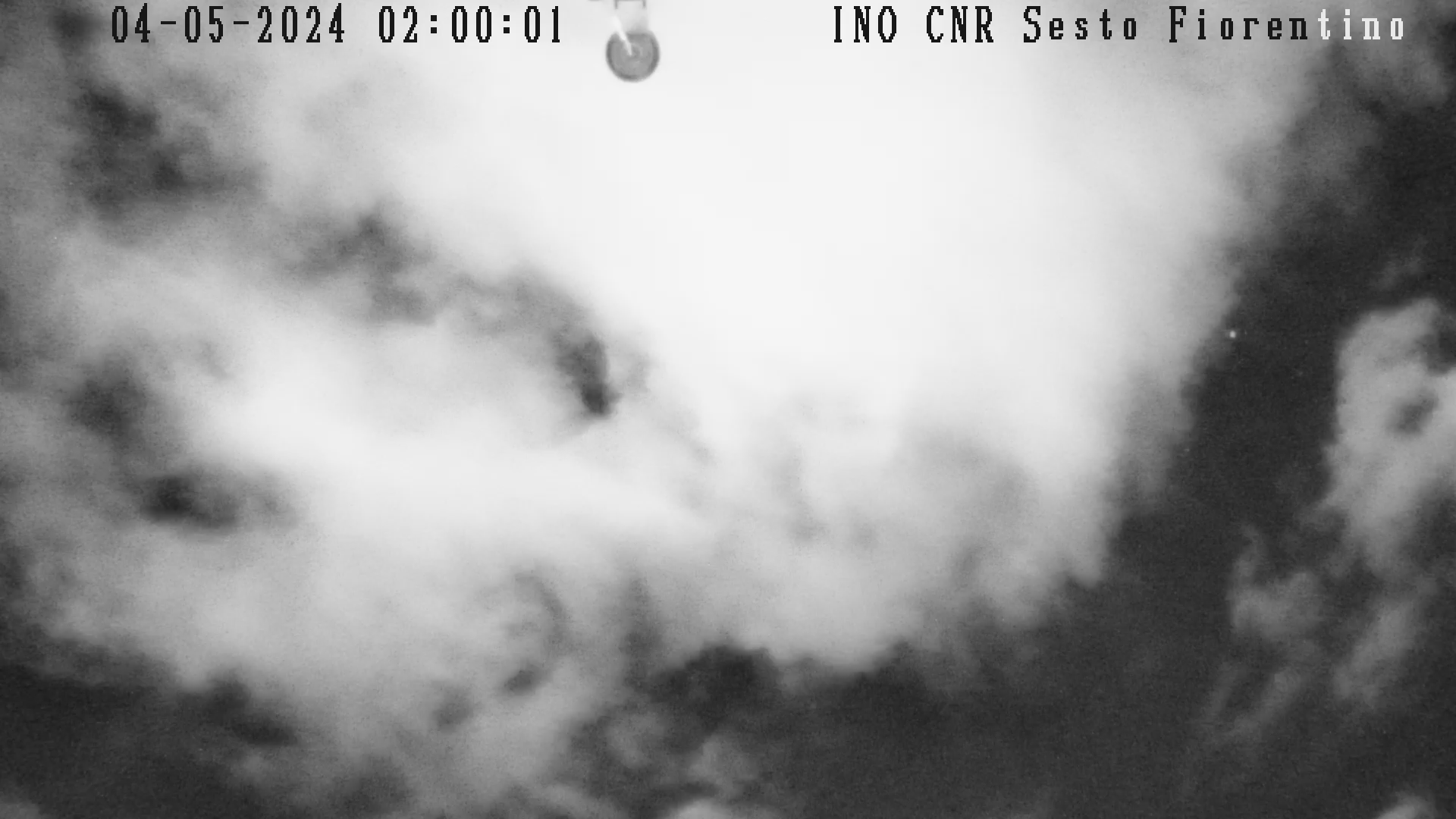 |
You are herei: Onlinelidar Today is: 02-05-2024 | sei il visitatore numero: 4259 | |
 |

The INO CNR LIDARAt present, the elastic-backscatter LIDAR, which was entirely designed and built at IFAC in 2002,
|
||||
24 Hours of Tropospheric 532 nm LIDAR data
|
||||
More information from the Infrared (1064 nm) LIDAR channelThe INO LIDAR is equipped with a 1064 nm channel. An Avalanche Photodiode is used as detector. The Infrared channel is more sensitive to aerosols than the green one because the clean-atmosphere contribution to the backscatter is 16 times smaller, in the Infrared. The aerosol backscatter in instead almost the same. Here are the latest 1064 plots for the whole troposphere and the PBL:
|
||||
|
||||
WEBCAMS: A VISUAL CHECK OF THE ATMOSPHERE The latest image of the sky above INO 
|
||||
A camera suitable for star-light operation is used to record the state of the sky 24 h/day. It is installed on the INO roof, pointing to the sky. This image is used to monitor the state of the sky, cloud cover and cloud type, 24h/day, with one shot taken in coincidence with every LIDAR measurement.  |
||||
Massimo Del Guasta - National Institute of Optics (INO) - National Research Council | Via Madonna del Piano, 10 - 50019 Sesto Fiorentino - Firenze, Italy | Tel (office): +39-055-5226423 - Tel (laboratory) +39-055-5226424 | Email: Massimo Del Guasta | Web: www.ino.it | sito ottimizzato per una risoluzione minima di 1024x768 e firefox